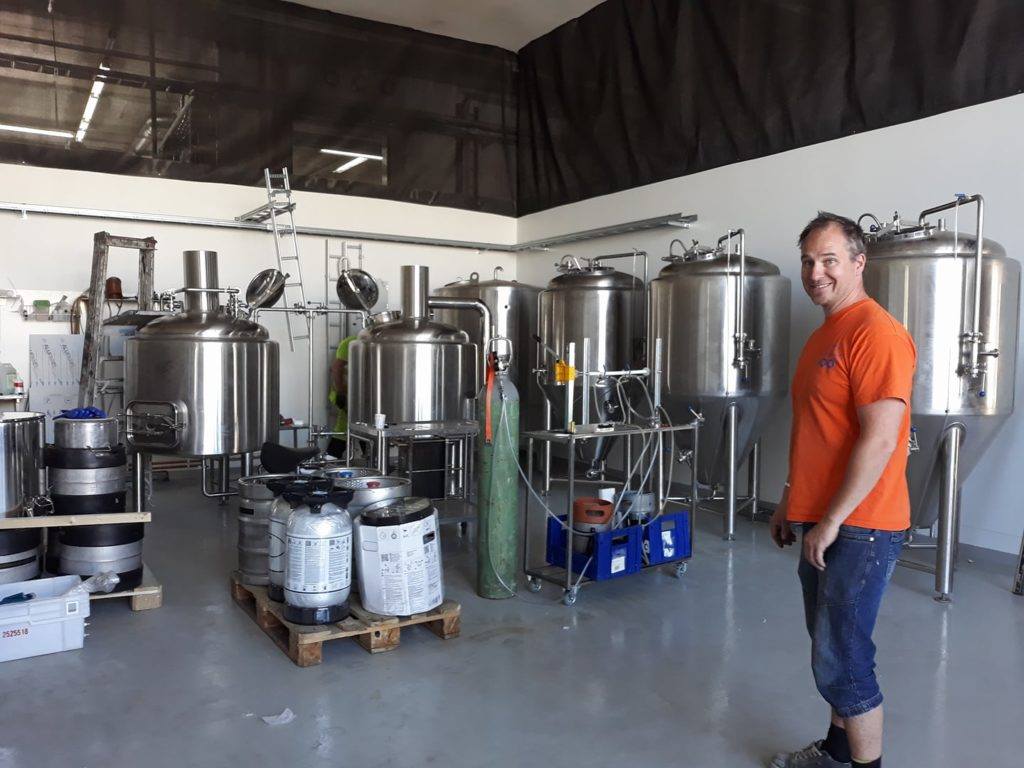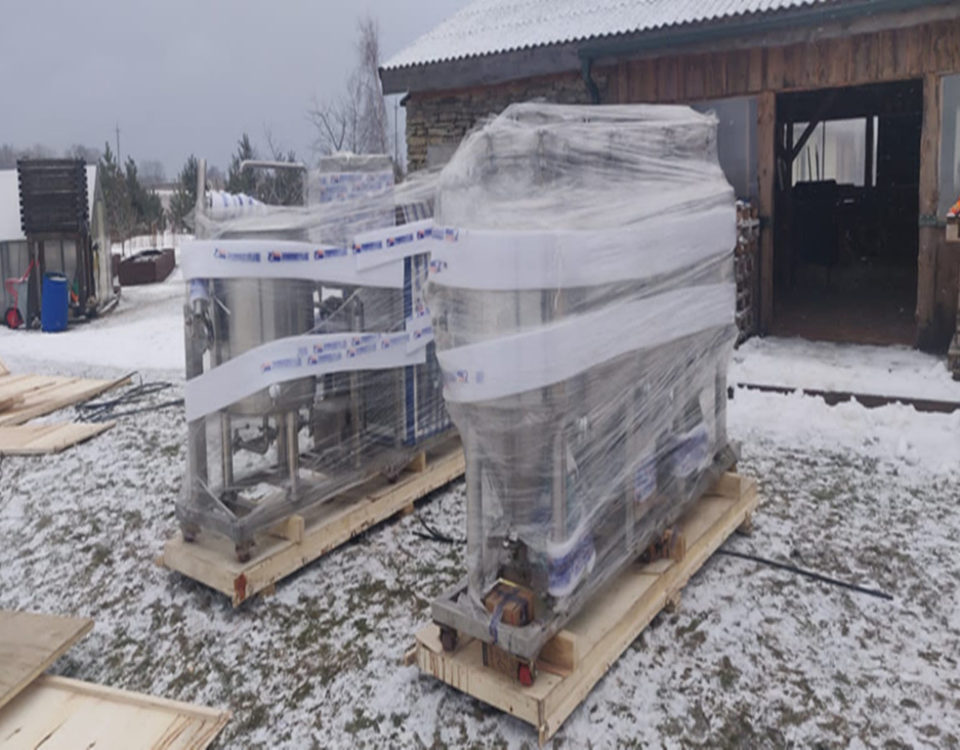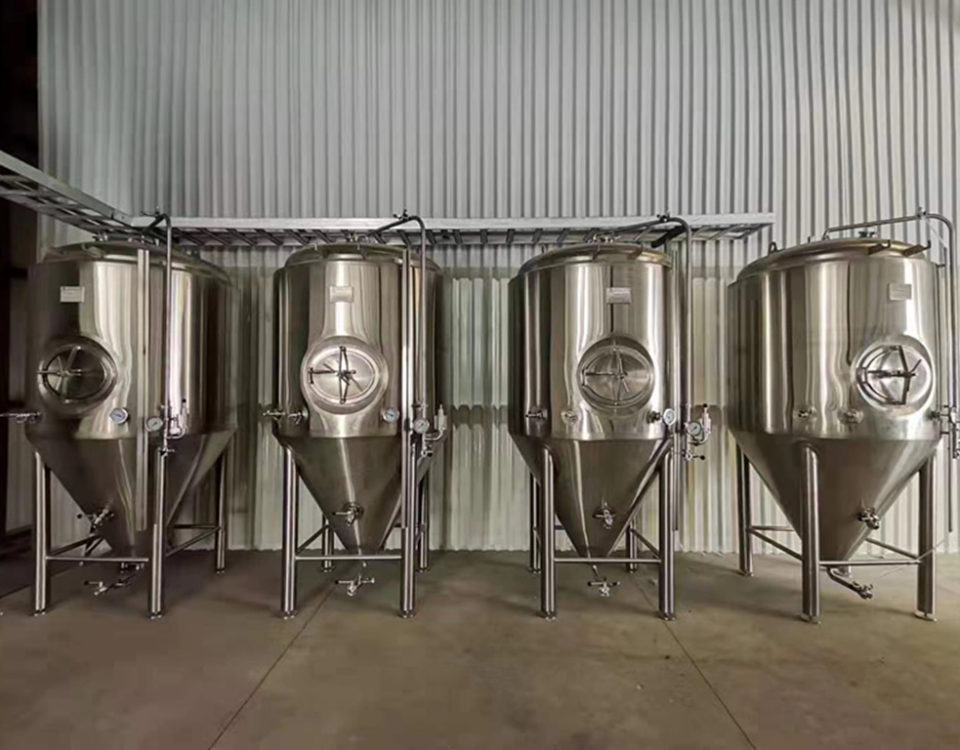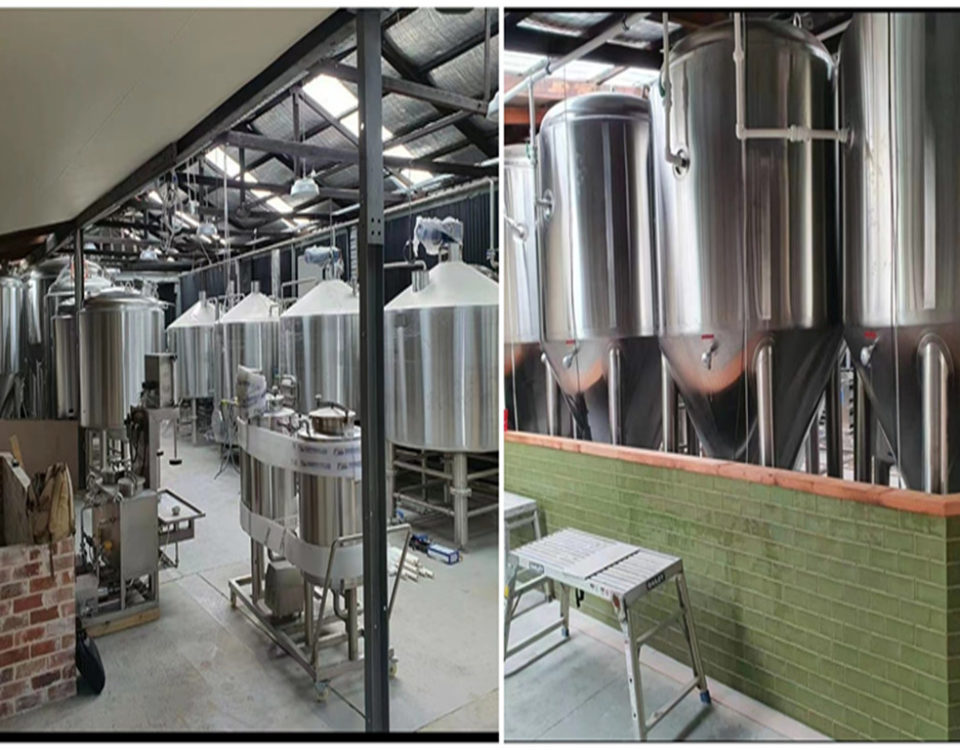
How to Start a Brewing systems?
12/13/2021
Nano Brewery — Small Can Be Profitable
11/21/2021
Beer Brewing System 5 Building Tips . Key points to consider when planning a brewery, to ensure it meets your needs now, plus can grow with you.
When planning a brewery; I see clients looking at the main numbers, like brewhouse size…without delving deep enough into brewhouse engineering. They then come to me with equipment list, asking my help to source it for them.
I wouldn’t be doing my job, as a brewery consultant correctly, without querying the list and understanding what their needs are.
So, I ask them the questions listed below:
- How much beer to do intend sell a week?
- What number of shifts will you run per day?
- How many beers do you intend to make?
- What pack type will you sell your beers in?
- What will be your core/biggest selling beers?
The client’s answers, supply me with the information to assess their REAL needs:
The answers let me know required brewhouse size and how to maximize output, all whilst reducing initial capital outlay at the same time.
1. Building A Beer equipment Tips – What Are Your Predicted Sales Volumes?
When putting together your business plan for your proposed Beer Brewing System, you need to have a sales forecast for two years at a minimum. This forecast should contain
- The number of beers your aim to brew simultaneously
- How much will be in keg (for draught)
- How much will be packaged (bottle/can)
The numbers need to be broken down so, you have your predicted weekly production volumes.
Let’s take a look at an example…
Your numbers show:
70 x 30-liter kegs => 2,100 liters of beer
150 x 12 x 500-milliliter bottles in cases (6 liters per case) => 900 liters of beer
The total weekly volume needed is 3,000 liters of beer per week.
This number is the first one you need when planning a brewery. You’ll use it in conjunction with the other building a brewery tips I’ll share below to get the right set-up for your brewery.
2. How Many Shift Will Your Brewhouse Run?
When starting out most smaller craft breweries usually run 1 shift per day. If they’re looking to brew 2 batches in one day, they might opt for 2 overlapping shifts for brew days.
The early shift may be 7am to 3pm and the late shift 2pm to 10pm for example. The hour overlap allows for a proper handover. So, everyone is on the same page and the beer is brewed successfully.
Why do shifts per day matter?
The number of shifts your run per day determines how many turns (number of brews) you can produce. The more beer you can brew the greater the total volume possible.
However, potential brewery owners sometimes forget the many tasks to be carried out when running a brewery, apart from wort production. These tasks include; yeast handling, CIP’s (tank cleaning), beer checks and cellar work.
…and of course, packaging your beer!
3. Building A Beer equipment Tips – How Big Is Your Product Range?
In brewing we talk about SKU’s, if a beer is sold in keg (that’s 1 SKU) and bottle (that’s another SKU). This should have this written into your business plan; beer styles and intended package.
The more beers you have in your range, the more tanks you’ll need. You can only put one style of beer in any given tank.
Then you need to factor in your “biggest sellers”. In China for example many craft breweries see hefeweizen make up 50% of their overall sales. It makes sense to brew those beers into bigger tanks so, you have enough stock…and why you might double brew in one day.
What I suggest to my clients is to have a mixture of tanks, with the smaller ones for the slower sellers or seasonal specials. The bigger tanks are to help with throughput and ensure you’ve your biggest sellers in stock.
When planning your brewery, in theory it’s nice to offer 20 in-house beers on tap but is it really viable? In brewing quality is better than quantity…produce less beers but do them well.
4. Throughput of the Brewhouse Vessels
The most common mistake prospective brewery owners make, is buying vessels the same size as the brewhouse length. They buy a 1,000 litre brewhouse and fermentation vessels. Why isn’t this the best idea?
Well, it limits throughput of the brewery. A 1,000L tank can only hold 1,000 litres of beer. However, you can put 1,000 litres of beer in a 2,000-litre tank, when you’re starting out. Then fill them completely later when demand grows.
You see the price of 2,000 litre tank isn’t twice the price of 1,000 litre tank. It’s a similar amount of work to fabricate. Essentially, you’re paying for extra materials when buying a bigger tank, the difference in price isn’t a lot.
Residence Time
The you’ve what we call “residence time”. This is the number of days a beer will be tank from brew day till it’s packaged. It takes time to brew, ferment, diacetyl rest, chill, transfer, carbonate and package a beer.
Depending on beer style the residence time can differ as well. For a lager it can be 40+ days; taking longer to ferment at lower temperatures. Plus, needing tank time to mature, to “smooth out” the beer before it’s ready to package. For ales 15 to 21 days is normal, depending if you’re dry-hopping the beer or not.
The number of times you can fill a tank per annum (depending on beer style) directly relates to your overall annual production capacity. Let’s look at an example; if you have a 1,000-litre tank:
1,000 litres per brew x 365 days per year / 21 days residence time (3 weeks for an ale) = 17,380 litres per annum you can brew into this vessel.
Now if you buy a 2,000-litre tank:
2,000 litres per brew x 365 days per year / 21 days residence time = 34,761 litres per annum
A 2,000-litre tank may cost 25% more than a 1,000-litre tank BUT YOU’VE DOUBLED YOUR OUTPUT!
This is makes total sense and needs to be considered when starting your brewery.
5. Beer Brewhouse Size and Design – Building A Brewery Tips
You need to be smart when it comes to equipment selection, bigger isn’t always better. There’s a balance between size and number of brewhouse vessels you have. A 2-vessel system will be a combined mash/lauter tun and a combined kettle/whirlpool.
You can though have a 4-vessel brewhouse system with a separate mash mixer, lauter tun, brew kettle and whirlpool. The more brewhouse vessels you have the greater the number of turns you can do in one day.
The brewhouse isn’t the “bottle neck” in your brewery, it’s tank space as we discussed above. It’s however, your biggest stainless-steel expenditure. “Working the asset”, doing more turns is a solid investment.
Furthermore; if you’ve different size fermentation vessels (FV’s), brewing 1, 2, 3, 5 or even more turns into one tank can be beneficial. I’ve heard of breweries brewing 20 times into a single tank!
A smaller brewing system doing multiple brew cycles, can be a smart solution. With the money saved invested in more tanks for greater brewery throughput. Most smaller craft breweries start with single, double and sometimes quadruple sized FV’s.
Building A Brewery Tips – Conclusions
Putting together a brewery isn’t easy, especially if you’ve little experience. We mention the importance of busines plan, a lot in this post because…
Your business plan feeds right into brewhouse design and tanks needs – not the other way around.
Think in terms of brewery throughput – the number of tanks you have and their size, are more important than the size of the brewhouse you might need. When planning a brewery, be prepared to question your initial assumptions.
It’s good to speak with several equipment manufactures when looking at sourcing equipment. Most will have your best interests in mind, BUT don’t be afraid to ask for independent advice.
It’s good to get an outside opinion at times, to ensure you’re getting bang for your buck and the equipment best suited to your brewery needs. With that in mind…






